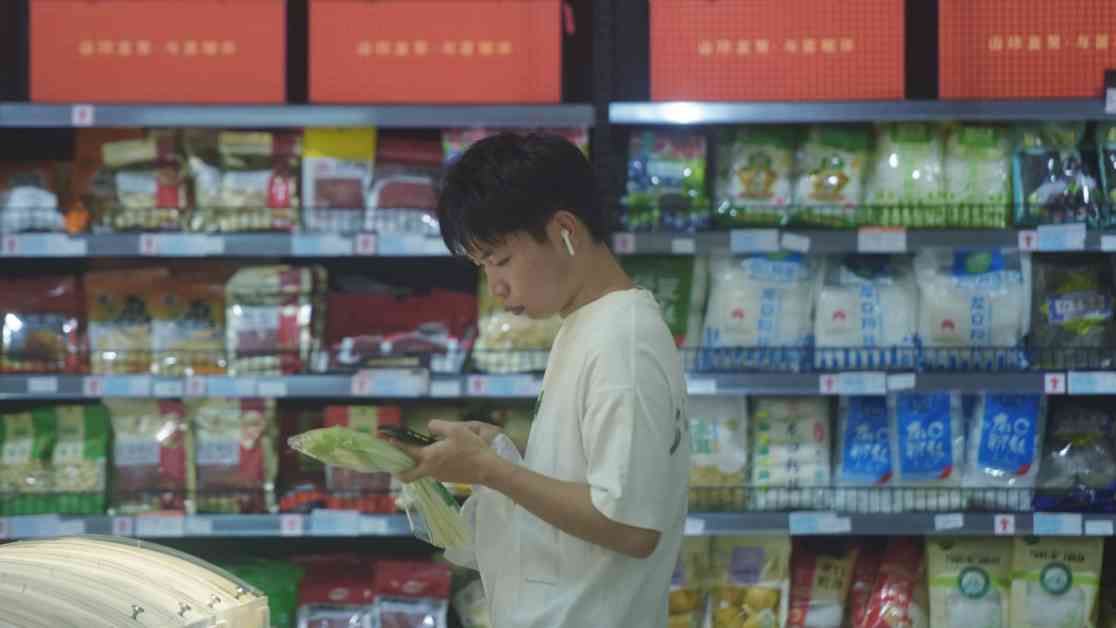China’s retail sales, industrial production, and urban investment in August all grew slower than expected, according to the latest data released by the National Bureau of Statistics. The figures, which were released on Saturday, paint a concerning picture of the state of China’s economy as it continues to grapple with the effects of the ongoing global pandemic.
Retail sales rose by 2.1% in August from a year ago, falling short of the 2.5% growth expected by economists polled by Reuters. This was also a slowdown from the 2.7% increase recorded in July. The sluggish growth in retail sales is indicative of weakening consumer demand, which is a key driver of China’s economic growth.
Industrial production, another crucial indicator of economic health, grew by 4.5% in August from a year ago, missing the 4.8% growth forecast by Reuters. This marked a slowdown from the 5.1% rise seen in July. The deceleration in industrial production suggests that China’s manufacturing sector is facing challenges, possibly due to supply chain disruptions and weakening global demand.
Fixed asset investment, which measures spending on infrastructure and other long-term projects, rose by 3.4% for the January to August period, below the forecast of 3.5% growth. This indicates that businesses and government entities are holding back on investments, possibly due to uncertainty about the economic outlook.
The urban unemployment rate in China rose to 5.3% in August, up from 5.2% in July. This uptick in unemployment could be attributed to the impact of graduation season, as more young people enter the job market. However, the National Bureau of Statistics spokesperson, Liu Aihua, emphasized that more efforts are needed to stabilize employment in the country.
In terms of fixed asset investment, both infrastructure and manufacturing sectors saw slower growth on a year-to-date basis in August compared to July. Investment in real estate also declined by 10.2% for the year through August, mirroring the pace of decline in July. The slowdown in investment across various sectors underscores the challenges facing China’s economy.
The youth unemployment rate in China, particularly for individuals aged 16 to 24 who are not in school, stood at 17.1% in July. This high unemployment rate among young people highlights the difficulties they face in finding stable employment opportunities in the current economic climate.
Despite the challenges, the National Bureau of Statistics remains cautious about the economic outlook, noting that the adverse impacts from external factors are increasing. In an English-language statement, the bureau stated that a sustained economic recovery is still facing multiple difficulties and challenges, signaling a cautious approach to the country’s economic prospects.
The upcoming Mid-Autumn Festival, also known as the Mooncake Festival, is set to be celebrated from Sunday to Tuesday in China. This festive occasion comes at a time when the country is grappling with economic challenges and uncertainties. The next major public holiday in China falls in early October, providing a brief respite before the country resumes its economic activities.
The slowdown in China’s economic growth comes amid a disappointing recovery from the Covid-19 pandemic. Policymakers have not yet announced large-scale stimulus measures, indicating a cautious approach to managing the country’s economic recovery. Additionally, the insufficient domestic demand has been identified as a key factor contributing to the economic slowdown.
Recent data releases have further highlighted the persistent weakness in consumption in China. Imports rose by just 0.5% in August from a year ago, falling short of expectations. In contrast, exports saw a stronger performance, rising by 8.7% and surpassing expectations. The disparity between imports and exports reflects the challenges facing China’s trade sector as it navigates a complex global economic landscape.
Beijing’s consumer price index for August also disappointed analysts, with an increase of 0.6% from a year ago. This modest increase in consumer prices indicates subdued inflationary pressures in the country, which could impact consumer spending and overall economic growth.
In conclusion, the latest economic data from China paint a mixed picture of the country’s economic health. While some indicators, such as exports, show resilience, others, like retail sales and industrial production, point to underlying weaknesses in the economy. As China navigates through these challenges, policymakers will need to carefully balance the need for economic stimulus with concerns about financial stability and long-term growth prospects.














